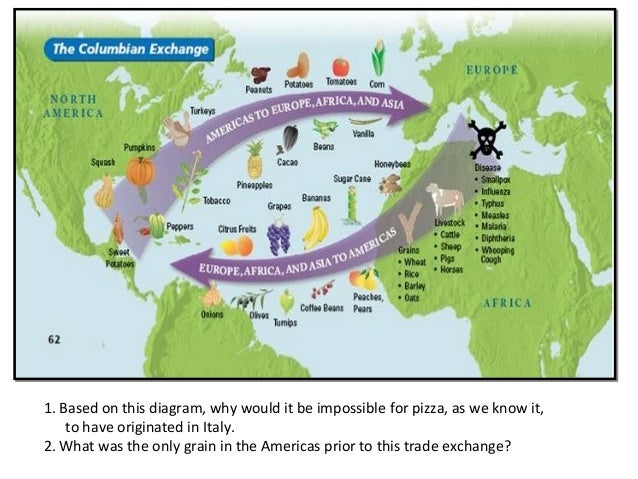The Medieval timeline is due on Monday
I hope you enjoy your vacation, but for those students who want to get ahead here is the homework due the Friday after vacation
13(1) The Renaissance in Italy (410-416)
Identify the terms, people and places.
Read the focus question on page 410, what is a "Renaissance man"?
Look at the picture on page 411, what was David intended to convey?
How is the wealth of the banker shown in the picture on page 412.
Answer question #3 on the Map Skills on page 413.
Answer Thinking Critically questions 1+2 on page 415.
Answer the 4 checkpoint questions OR answer questions #3-#6 on page 416 OR 3 bullets per section
Separate homework grade
Read: Primary Source, The Prince, p. 417. Answer questions #1 and #2
13(2) The Renaissance in the North (418-421)
Identify the terms, people, and places.
Who and what are pictured on page 418?
Answer the question in the picture on Durer on page 419
Read: Realism in Northern European Art (420-21) Answer question #1
Answer the three checkpoint questions in complete sentences OR 3 bullets per section
Identify the terms, people, and places.
Who and what are pictured on page 418?
Answer the question in the picture on Durer on page 419
Read: Realism in Northern European Art (420-21) Answer question #1
Answer the three checkpoint questions in complete sentences OR 3 bullets per section
Separate homework grade:
Read Shakespeare’s Globe Theatre (422) Draw a picture of the stage, answer questions #1+2
Read Shakespeare’s Globe Theatre (422) Draw a picture of the stage, answer questions #1+2

